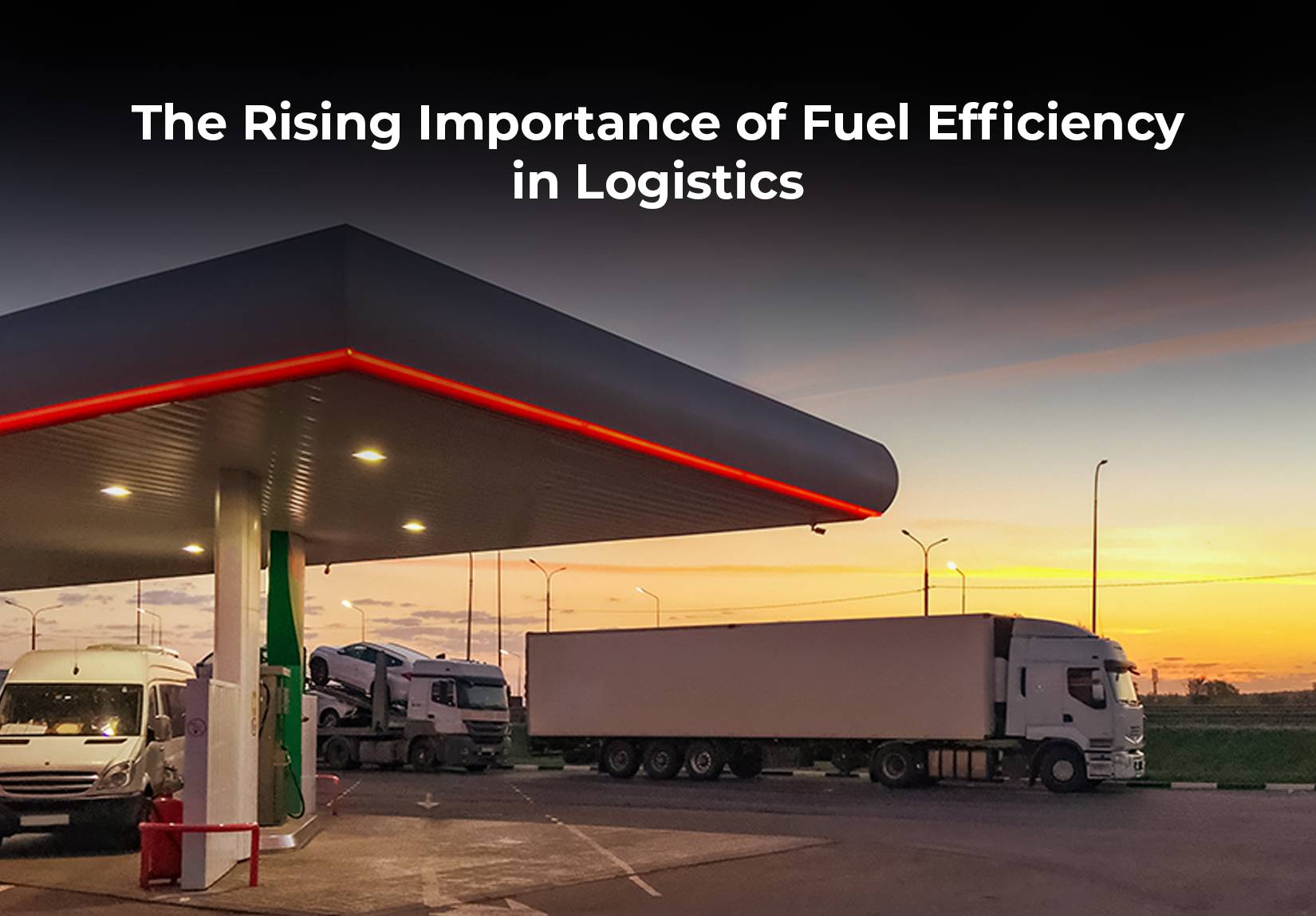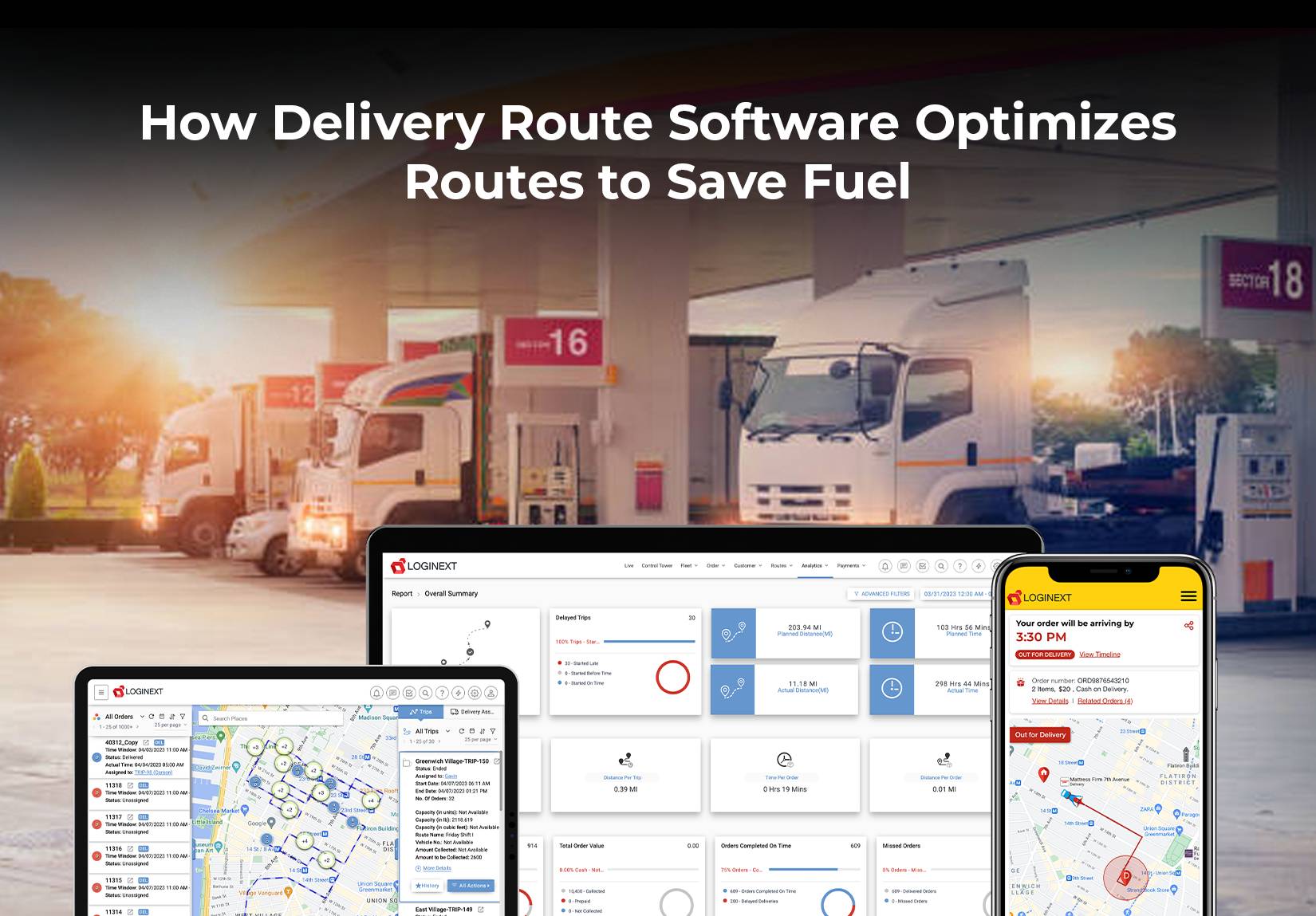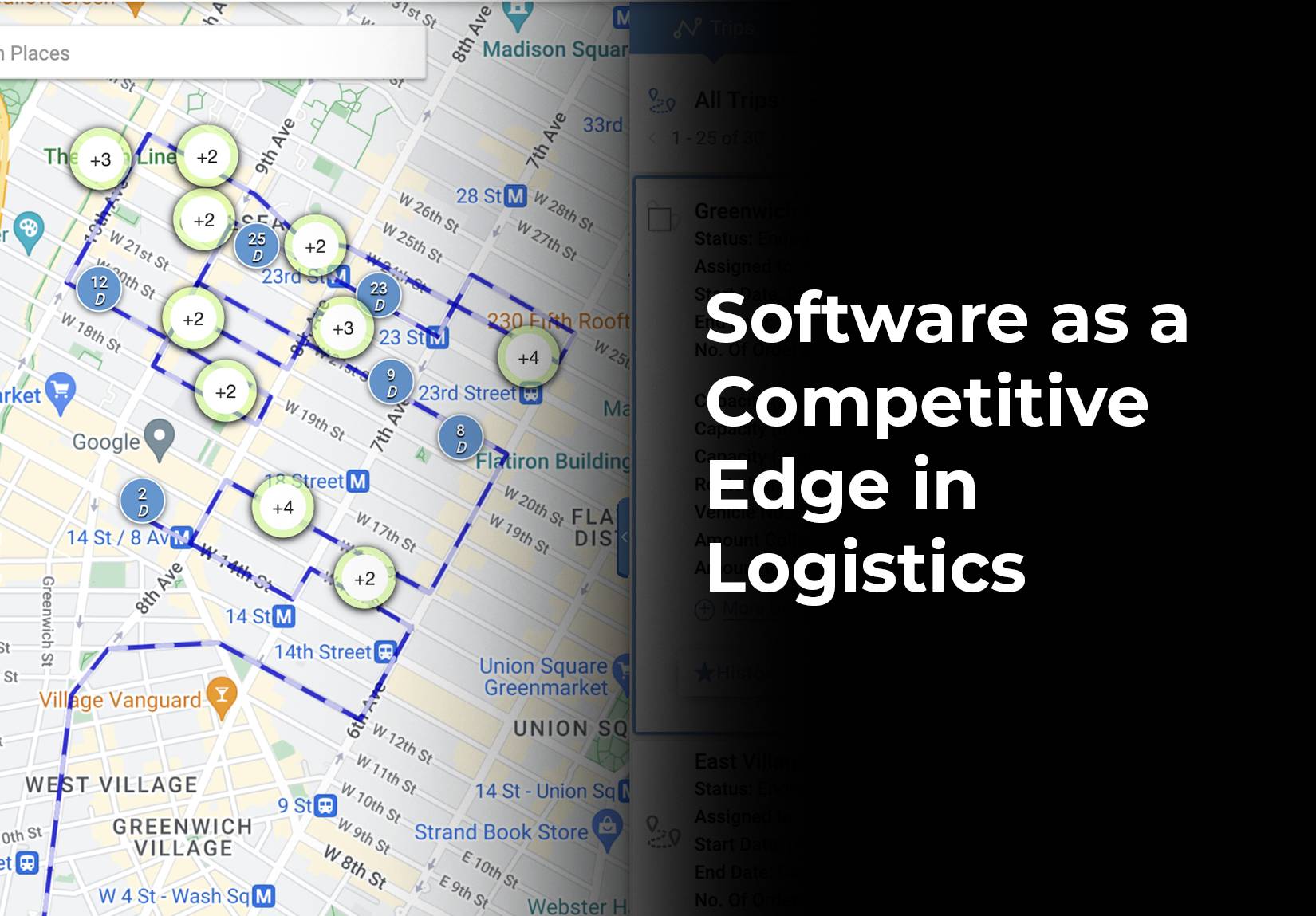
How Delivery Route Software Reduces Fuel Costs and Boosts Driver Efficiency
In today’s fast-paced logistics environment, managing delivery routes efficiently is more critical than ever. Businesses that rely on fleets, whether for e-commerce, food delivery, or supply chain operations, face constant challenges related to fuel costs, time management, and driver efficiency. This is where delivery route software becomes indispensable.
By leveraging cutting-edge algorithms and real time data, route planning software helps logistics companies streamline operations, reduce unnecessary expenses, and improve service levels. In this blog, we will explore how delivery route software helps businesses cut down on fuel consumption and enhances driver efficiency, all while integrating features like real time GPS tracking and multi-stop route optimization.
Understanding Delivery Route Software
Delivery route software is a powerful tool designed to optimize the planning and execution of delivery routes. The software uses advanced algorithms to calculate the most efficient routes for drivers. It considers factors like traffic conditions, delivery time windows, and vehicle capacities.
For businesses that handle complex deliveries, such as those with multiple stops or varying customer locations, delivery route software helps reduce the time spent on the road and fuel consumption. It can also adjust routes in real time based on traffic or other unforeseen events, ensuring timely deliveries.
Additionally, features like real time GPS tracking provide managers with complete visibility of their fleet, helping to monitor driver performance, reduce delays, and improve customer service. Delivery route solution streamlines logistics operations and boosts efficiency. It lowers operational costs, making it essential for optimizing delivery processes.
The Rising Importance of Fuel Efficiency in Logistics

Fuel costs represent a significant portion of a logistics company’s operating expenses. According to the American Transportation Research Institute, fuel accounts for around 24% of total operating costs for truck fleets. With fluctuating fuel prices, companies must constantly find ways to mitigate these costs.
One of the most effective strategies is to optimize delivery routes. Even small changes in route planning can lead to considerable fuel savings over time. Delivery route software plays a pivotal role in ensuring that vehicles take the most efficient routes, cutting down on wasted miles and, by extension, fuel consumption.
How Delivery Route Software Optimizes Routes to Save Fuel

At the core of delivery route software is its ability to optimize routes for multiple stops. In traditional logistics setups, dispatchers often rely on manual methods to plan routes, which are prone to human error and inefficiencies. These inefficiencies lead to longer travel times, higher fuel consumption, and reduced driver productivity.
With best delivery route software for multiple stops, businesses can automate this process. The software uses advanced algorithms to calculate the shortest and fastest routes based on factors like traffic conditions, delivery time windows, and vehicle capacity. This not only ensures that fewer miles are driven but also reduces idle time, which contributes to lower fuel usage.
A study by the U.S. Department of Energy showed that a 10% reduction in miles driven could result in savings of approximately 7% in fuel consumption. For a fleet of 50 vehicles, this could mean substantial savings annually.
Boosting Driver Efficiency with Route Planning Software
Beyond fuel savings, route planning software for logistics companies dramatically improves driver efficiency. Drivers who use optimized routes spend less time on the road and face fewer delays, which reduces fatigue and increases job satisfaction. In a sector where driver shortages are common, maximizing driver efficiency is crucial to maintaining fleet productivity.
One standout feature of multi-stop delivery route planning software is its ability to adapt routes in real time. If a traffic jam, road closure, or unforeseen delay occurs, the software can instantly recalculate the best route, minimizing downtime. Drivers don’t have to make judgment calls or guess alternative routes—everything is handled by the software.
In fact, fleets using software for optimizing delivery routes have reported up to a 20% improvement in delivery times. With faster deliveries, drivers can complete more tasks within their shifts, which boosts overall fleet productivity.
The Role of Real Time GPS Tracking in Reducing Delays

A critical aspect of delivery route software with real time GPS tracking is that it provides continuous visibility into vehicle locations. For logistics managers, this means they can monitor their fleet’s movements, check for inefficiencies, and ensure deliveries are on schedule.
Real time GPS tracking offers more than just location updates. It can track driver behavior—such as speeding, harsh braking, or excessive idling—all of which impact fuel efficiency and vehicle wear. Studies have shown that aggressive driving can reduce fuel efficiency by as much as 40%. By identifying such behaviors, managers can address issues promptly, ensuring that both fuel and vehicle maintenance costs are minimized.
Furthermore, real time tracking fosters better communication between dispatchers and drivers. In the event of a delay, customers can be alerted in real time, improving overall customer satisfaction. This level of transparency also enhances accountability, leading to more efficient and reliable service.
Software as a Competitive Edge in Logistics

In an increasingly competitive market, companies that embrace technology gain a significant advantage. Investing in delivery route software not only drives cost savings and efficiency but also positions a business as a forward-thinking leader in its industry.
One major differentiator is the ability to handle complex, multi-stop deliveries. For logistics companies managing hundreds of deliveries per day, manual route planning quickly becomes unmanageable. Best delivery route software for multiple stops simplifies this by automatically calculating the most efficient way to cover all stops, taking into account constraints such as driver schedules, vehicle capacity, and delivery priorities.
Additionally, route planning software for logistics companies can be integrated with other enterprise systems like fleet management, customer relationship management (CRM), and telematics. Seamless integration enables a holistic approach, allowing data to flow freely and optimizing every aspect of logistics operations.
Conclusion
The benefits of delivery route software extend far beyond mere convenience. By optimizing routes, businesses can significantly reduce fuel consumption, increase driver productivity, and improve overall operational efficiency. Features like real time GPS tracking and multi-stop planning give companies the tools they need to stay competitive while minimizing costs.
Delivery route optimization software calculates the best routes using real-time data. This ensures logistics companies operate at peak efficiency, regardless of delivery complexity. Investing in advanced route planning software is essential for logistics companies to stay competitive in an evolving landscape.
Integrating delivery route software with real-time GPS tracking saves fuel costs and enhances driver efficiency in logistics. With the right technology, logistics companies can tackle rising fuel prices, driver shortages, and complex delivery networks. They can also provide exceptional service to their customers while improving overall efficiency and performance. Click the red button to book a demo with LogiNext. Experience the power of the best delivery route software for your business.
93







@LogiNext